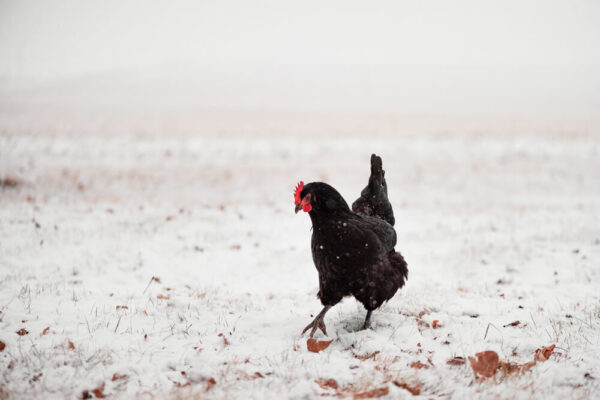If you’re considering raising chickens in Montana, it’s essential to choose a breed that can thrive in the state’s harsh climate. With cold winters and hot summers, Montana can be challenging for some chicken breeds.
Montana has a continental climate, characterized by cold winters and hot summers. The state’s climate is influenced by its high elevation, mountainous terrain, and proximity to the Canadian border.
In the winter months, temperatures in Montana can drop well below freezing, with average temperatures ranging from 0°F to 30°F (-18°C to -1°C). Snow is common in many parts of the state, with some areas receiving over 300 inches of snowfall annually. The bitter cold can be a challenge for some chicken breeds, which is why it’s essential to choose cold-hardy breeds that can tolerate these conditions.
In the summer months, temperatures in Montana can reach over 90°F (32°C), especially in the eastern and central parts of the state. However, temperatures in the western part of the state tend to be cooler, with average summer temperatures ranging from 60°F to 80°F (16°C to 27°C). The hot temperatures in the summer can pose a risk to chickens if they do not have access to shade and plenty of fresh water.
In this article, we’ll explore the best chicken breeds for Montana based on their:
- cold hardiness
- egg production
- temperament
- suitability for Montana’s climate
- broodiness
Top 5 Chicken Breeds for Montana
Australorp
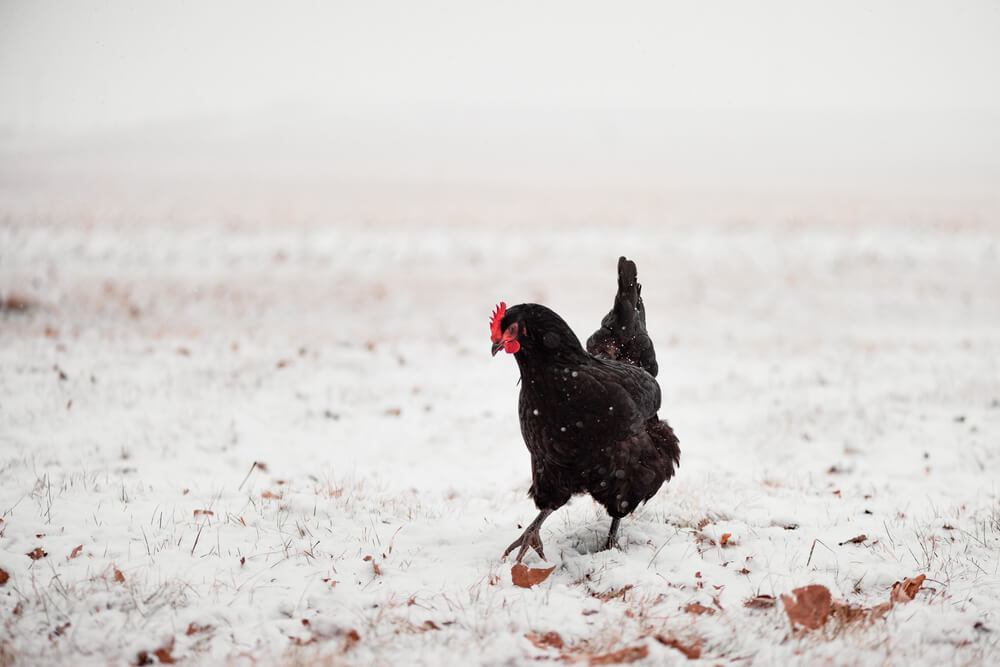
The Australorp is an excellent choice for Montana chicken keepers. This breed was developed in Australia to be a dual-purpose bird that excels in both egg production and meat quality.
They have a calm and friendly temperament, making them a great choice for families with children. The Black Australorp is the most common variant of this breed, but there are also Blue and White Australorps. The Blue Australorp has blue-grey feathers with a lustrous sheen, while the White Australorp has white feathers.
Australorps are cold hardy, which means they can tolerate Montana’s frigid winters. They have a single comb that’s less prone to frostbite than other comb types, and they have a dense feather coat that keeps them warm. Australorps are also prolific egg layers, with hens producing up to 300 brown eggs per year. One of the best egg laying hens for Montana!
Not typically known for being broody, although some individual birds may exhibit broody behavior.
Australorps are prone to obesity and reproductive issues. They can also suffer from Marek’s disease, a viral illness that affects the nervous system.
Brahma
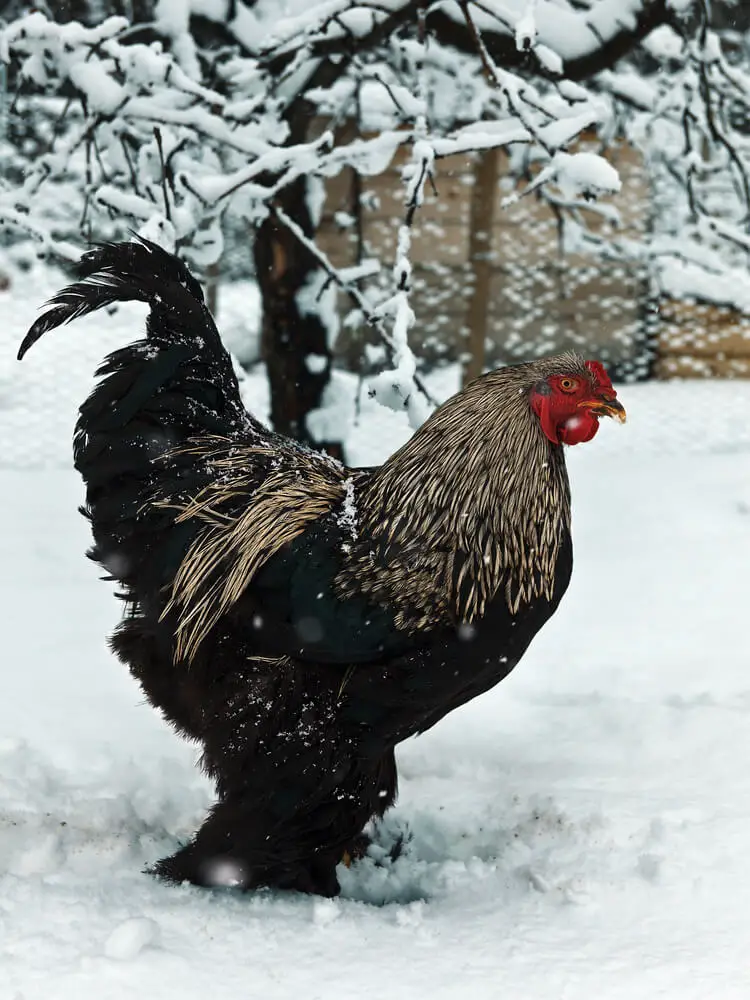
Brahmas are a popular breed among homesteaders and backyard chicken keepers in Montana. This breed was developed in the United States and is known for its large size and gentle personality. Brahma chickens are excellent foragers and can free-range in Montana’s open pastures.
Brahmas are well-suited for cold climates, with a thick coat of feathers that insulates them against the cold. They also have a pea comb, which is less prone to frostbite than other comb types. Brahma hens lay brown eggs and are consistent layers, producing around 150-200 eggs per year.
Brahmas come in several color variants, including Light, Dark, and Buff. Light Brahmas are the most common variant and have white and black feathers with a striking black and white striped pattern. Dark Brahmas have black and white feathers with a darker overall appearance, while Buff Brahmas have a golden-brown color.
Brahmas can be prone to broodiness, which can be desirable if you’re interested in hatching your own chicks
Brahma chickens are prone to foot and leg problems, as their large size puts strain on their joints. They can also be prone to respiratory issues, especially in humid environments.
Naked Necks
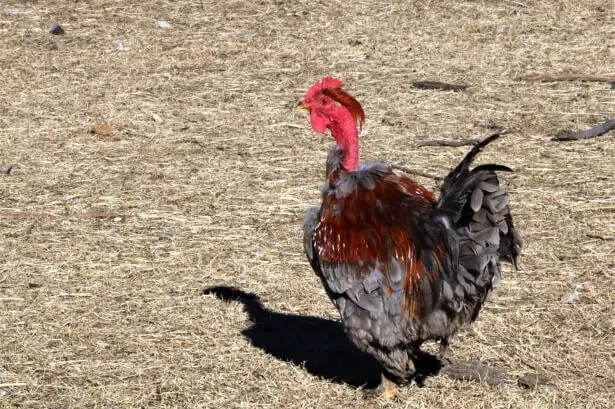
Naked Neck, also known as Turkens, is a unique breed that’s well-suited for Montana’s climate. These chickens have a distinct appearance, with a featherless neck and head that makes them easy to identify. Naked Neck chickens are hardy birds that can tolerate both cold and heat.
Naked Necks are also great foragers and can thrive on a diet of bugs and vegetation. They have calm and friendly personalities, making them a great addition to any backyard flock. Naked Neck hens are good layers, producing around 150-200 brown eggs per year.
Naked Neck chickens are not typically known for being broody, although some individual birds may exhibit broody behavior.
Naked Neck chickens are generally hardy birds, but they can be prone to sunburn on their featherless necks and heads. They can also suffer from respiratory issues in humid environments.
Sussex
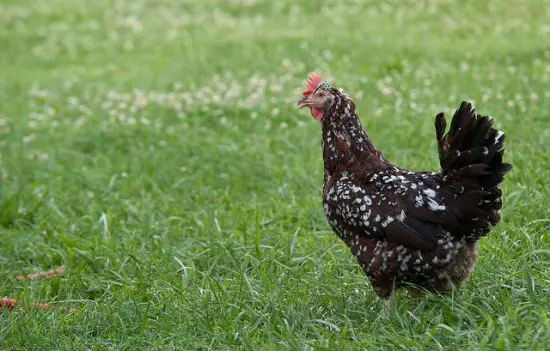
Sussex chickens are a dual-purpose breed that’s well-suited for Montana’s climate. They have a docile and friendly temperament, making them a popular choice for families with children. Sussex chickens are also known for their high egg production, with hens laying around 250-300 brown eggs per year.
Sussex chickens have a dense feather coat that makes them well-suited for cold climates. They also have a low, cushion comb that’s less prone to frostbite. Sussex chickens are good foragers and can free-range in Montana’s pastures.
The Sussex breed comes in several color variants, including Light, Speckled, Red, and White. Light Sussex chickens have white feathers with black and white markings, while Speckled Sussex chickens have speckled feathers with a white background. Red Sussex chickens have a deep, rich red color, and White Sussex chickens have white feathers.
Sussex chickens are not typically known for being broody, although some individual birds may exhibit broody behavior.
Sussex chickens are generally healthy birds, but they can be prone to Marek’s disease and coccidiosis, a parasitic disease that affects the digestive system.
Black Marans
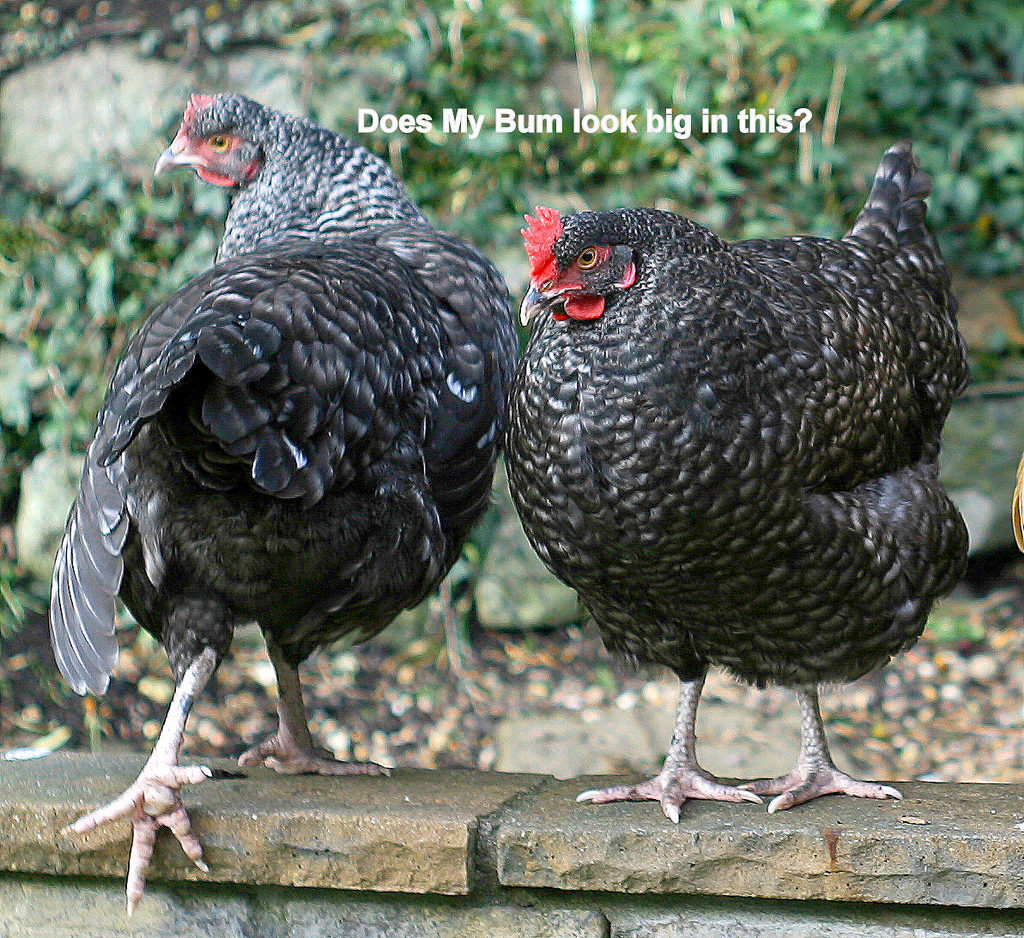
Black Marans are a French breed known for their dark brown eggs. They have calm and friendly personalities, making them a great choice for families with children.
Black Marans are also cold hardy and can tolerate Montana’s harsh winters.
Black Marans have a single comb that’s less prone to frostbite than other comb types. They have a dense feather coat that keeps them warm in cold weather. Black Marans hens lay around 150-200 dark brown eggs per year, which are highly valued by egg enthusiasts.
The Black Marans breed has several color variants, including Blue and Wheaten. Blue Marans have blue-grey feathers with a lustrous sheen, while Wheaten Marans have a wheat-colored appearance with black tail feathers.
Black Marans can be prone to broodiness, which can be desirable if you’re interested in hatching your own chicks.
Black Marans are generally healthy birds, but they can be prone to Marek’s disease and reproductive issues.
Read more about the Pros & Cons Keeping Marans Chickens
What kind of housing do my chickens need in Montana?
Chickens in Montana need a dry, draft-free coop with good ventilation. The coop should be insulated to keep them warm in the winter and provide shade in the summer. It’s also essential to provide a secure outdoor area for your chickens to free-range.
What should I feed my chickens in Montana?
Chickens in Montana should have a balanced diet that includes high-quality commercial feed, fresh water, and access to forage. It’s also essential to supplement their diet with grit and calcium to support their digestive and reproductive health.
Top 5 Chicken Breeds for Montana
| Breed | Cold Hardiness | Egg Production | Temperament | Comb Type | Color |
|---|---|---|---|---|---|
| Australorp | Very Cold Hardy | Excellent | Calm | Single | Black or Blue |
| Brahma | Cold Hardy | Good | Gentle | Pea | Light or Dark |
| Naked Neck | Cold/Heat Hardy | Good | Friendly | Naked | Various Colors |
| Sussex | Cold Hardy | Very Good | Docile | Low | Light or Red |
| Black Marans | Cold Hardy | Good | Calm | Single | Black or Blue |
Conclusion
Raising chickens in Montana can be a rewarding and enjoyable experience.
By choosing the right breed for Montana’s climate and being aware of breed-specific health concerns, you can raise a healthy and productive flock.
With the information provided in this article, beginners and intermediate chicken keepers in Montana can make an informed decision when selecting the best chicken breeds for their backyard flock.
Remember to always check with your local government for any regulations on keeping chickens in your area, and to provide your chickens with a clean, comfortable living space and a balanced diet for optimal health and egg production.
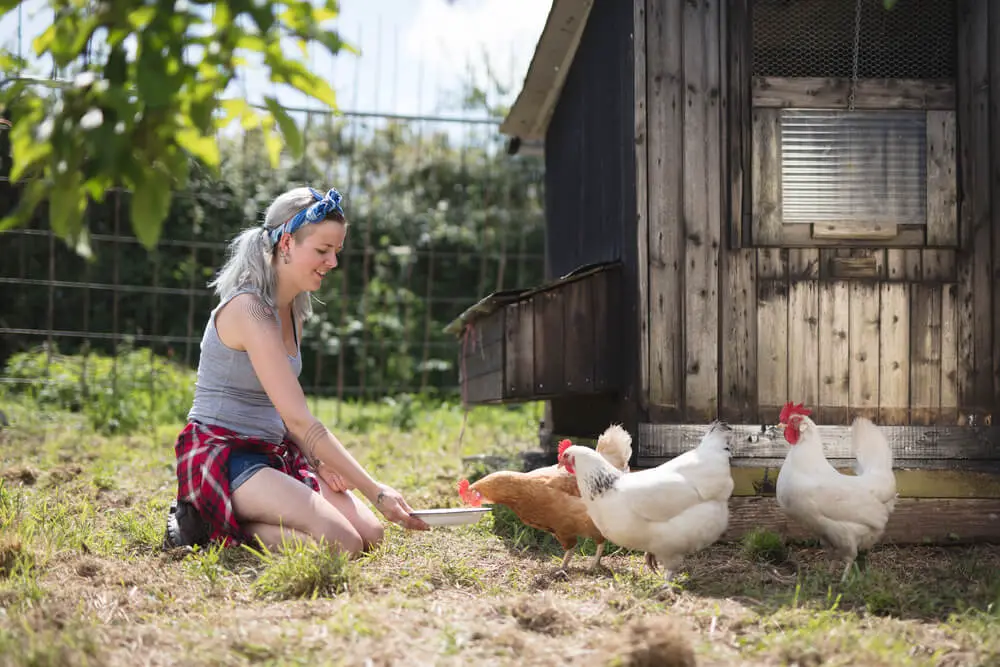
Shannon Stansberry has been engaged in the business of raising chickens for more than 12 years. In 2016, she accomplished the Agriculture & Natural Resources program at Mt. San Antonio College. At present, she tends to more than 80 chickens on her 4-hectare farm. Shannon regularly shares her insights and experience on how to raise healthy and contented chickens on the platform Typesofchickens.com
